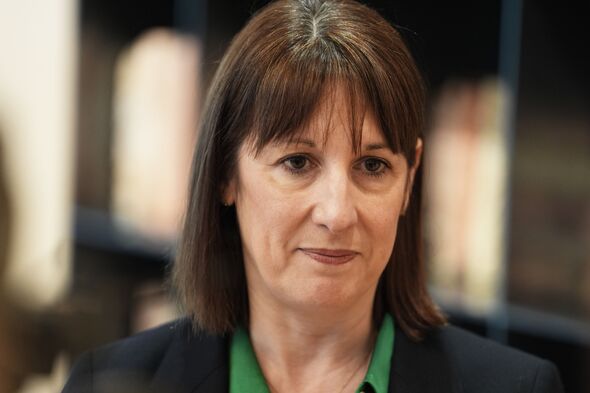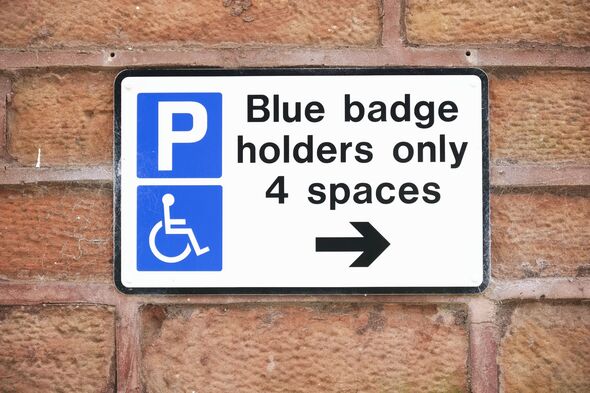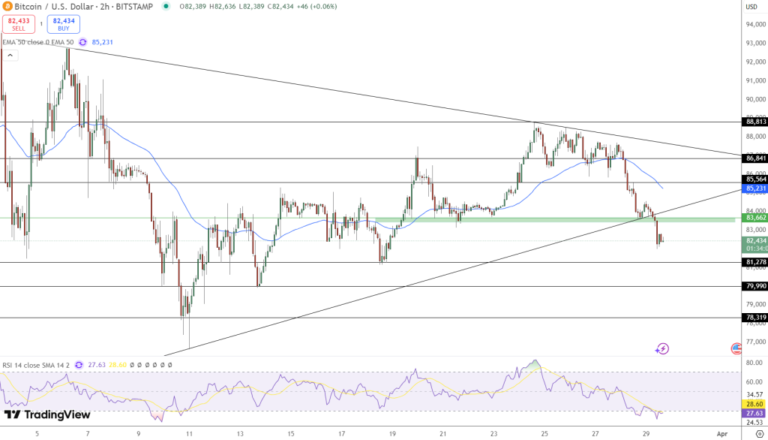
Taxpayers are being warned Rachel Reeves‘ “fiscal strait-jacket” means the Chancellor could be coming for more of their hard-earned money – despite death tax receipts surging to £7billion.
Inheritance Tax (IHT) receipts for April 2024 to January 2025 are £7billion, which is 700million higher than the same period last year, according to figures published by HM Revenue & Customs on Friday.
Ian Dyall, Head of Estate Planning at the wealth management firm Evelyn Partners, said the “inevitable” increase leaves little doubt it will be another record year for IHT as estates continue to grow in value while nil-rate bands remain frozen.
On today’s figures, he said: “This inflation-led boost to the Treasury coffers will already be accounted for in the fiscal forecasts.
“Unfortunately for the taxpayer, despite this fiscal drag and the measures at the Budget which will bring pensions into IHT from 2027 and squeeze business and farm assets harder, inheritances might not be out of the woods yet.”
Mr Dyall said pressures on the public finances, including calls for greater defence spending, mean the Chancellor could be forced to seek new ways to boost tax revenues.
He warned self-imposed limits on how Ms Reeves can do this leave IHT one of the few ways the she can “wriggle out” of her “fiscal strait-jacket”.
One possible move is an overhaul of the gifting regime, which in Mr Dyall’s view would be a relatively easy way for the Treasury to extract more from IHT without raising the headline rate or cutting the nil-rate bands.
It could also close down some of the options families have been using to reduce their IHT liability.
Andrew Zanelli, Head of Technical Engagement at abrdn, warned the trend in rising IHT receipts is going to continue, and more people will be affected by the tax.
He pointed to analysis from the Office for Budget Responsibility which predicts one in 10 estates will have to pay IHT by the end of the decade.
The expert said: “Nearly all the advisers I’ve been speaking to are being approached by their clients about IHT and a big driver is the plan to make pensions subject to IHT.
“We’re still waiting on the finer details around how this will happen, but we know the basic facts and the intention for this to be in place by 2027.
“What we’re hoping to be fixed before then is the very real risk of delays to the bereaved receiving their inheritance because of the new process.”
Mr Zanelli said this is a risk with the potential to cause significant disruption and emotional distress at a very vulnerable time.
Ms Reeves announced in her maiden Budget that from April 6, 2027, most unused pension funds and death benefits will be included in the value of a person’s estate for IHT purposes. In addition, pension scheme administrators will have to report and pay any IHT due on pensions to HMRC.
Under current rules there is usually no Inheritance Tax to pay if either the value of an estate is below the £325,000 threshold or everything above that threshold is left to a spouse, civil partner, a charity or a community amateur sports club.
The standard IHT rate of 40% is only charged on the part of an estate which is above the threshold. The rate can drop for some assets if 10% or more of the net value is left to charity.
Ms Reeves extended a freeze on IHT thresholds initially imposed by the previous Government from 2028 until 2030 in her October Budget.
The current £175,000 residence nil-rate band, available to people passing on a qualifying residence to their direct descendants, was also frozen by the Chancellor.
HMRC has been approached for comment.



















